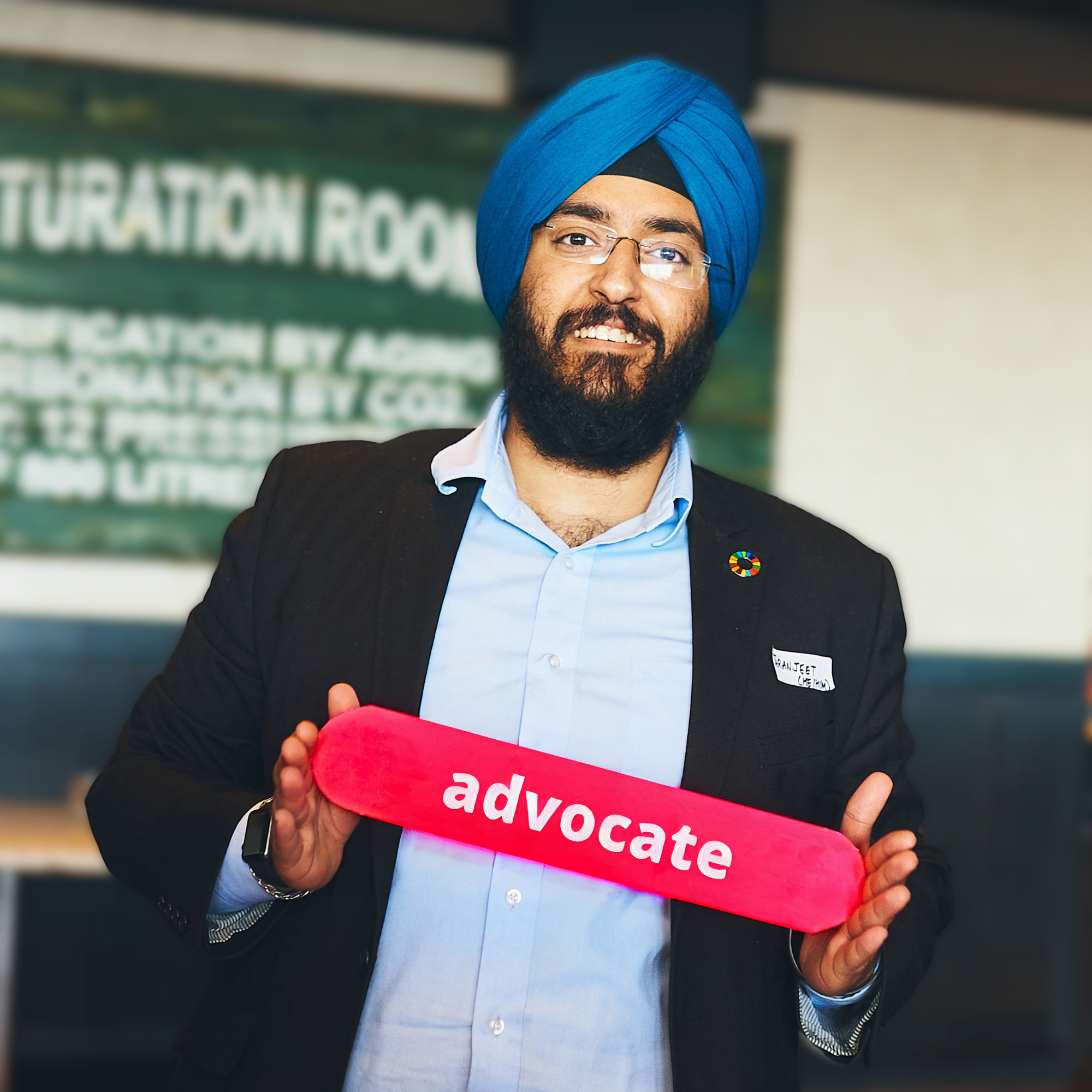“Record debt levels and high interest rates have set many countries on a path to crisis,”
– Indermit Gill, the World Bank Group’s Chief Economist and Senior Vice President.
During the COVID-19 pandemic, many governments saw their resources plummet as economic activity and tax revenue dropped, and they were forced to borrow money on international markets. In recent years, large increases in interest rates have made those loans difficult to repay. In 2022, the 75 lowest-income countries paid an astonishing $23.6 billion in interest payments alone. That’s about 5 times Canada’s entire aid budget!
With such high amounts of debt and interest payments, it means that many low-income countries have even less funding available to spend on critical needs of their populations, like health and education, or to invest in much-needed climate change adaptation measures.
This is why the international community has been scrambling to find additional sources of financing for low-income countries. Already, many high-income countries have rechanneled tens of billions of dollars in Special Drawing Rights, a type of international currency, which high-income nations, already well-endowed in international currency, did not need.
The International Development Association (IDA) is the special fund of the World Bank, which provides concessional financing (little or no-interest) to low-income countries. IDA relies on contributions from donors like Canada for funding, which it is then able to increase by investing in capital markets. This innovative funding model has made IDA into the largest source of concessional finance for low-income countries in the world. Results Canada is working to ensure that IDA continues to receive support from donors, but also that the funds are going to important and underfunded areas such as health, nutrition, education, and social protection.
Results Canada has a long history of advocating for the use of micro-finance as a poverty alleviation tool. Micro-finance programs provide small loans to entrepreneurs who are keen to start small businesses but can’t get access to start-up loans from traditional sources due to their very low income. The loans are often accompanied by training and/or coaching and can be done in a group format as well.
Graduation programs offer a more elaborate approach than micro-finance programs. In addition to funding in the form of loans or grants, they provide time-limited consumption support (i.e., cash for basic household needs) – often as part of a social assistance scheme – as well as business coaching and technical training, which allows families to become self-reliant and graduate out of extreme poverty over time. The graduation approach has been rigorously tested and has proven in three continents to yield sustained positive results over time. The International Development Research Centre, a partner organization of Global Affairs Canada, recognizes that the graduation approach “is proving to be a cost-effective way for governments to reach people who have yet to benefit from poverty reduction efforts.”
It is estimated that economic inclusion interventions currently reach over 90 million individuals, half of whom live in extreme poverty.




